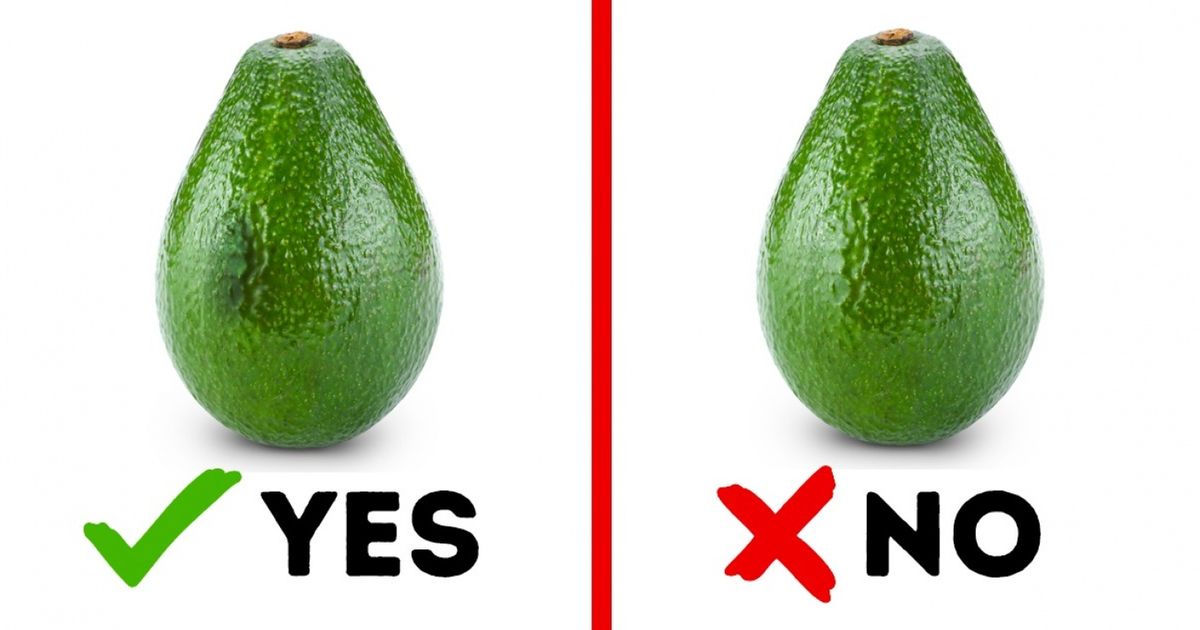My Parents Always Choose My Sister Over Me; Now They Missed My Wedding and I Can’t Take It Anymore

Family & kids
year ago

We bet we’re not the only ones who pick beautiful and seemingly ripe fruit only to later find out they’re actually overripe or still green.
For everyone who has the same problem, we at Bright Side compiled some professional advice on how to pick the best fruit.











